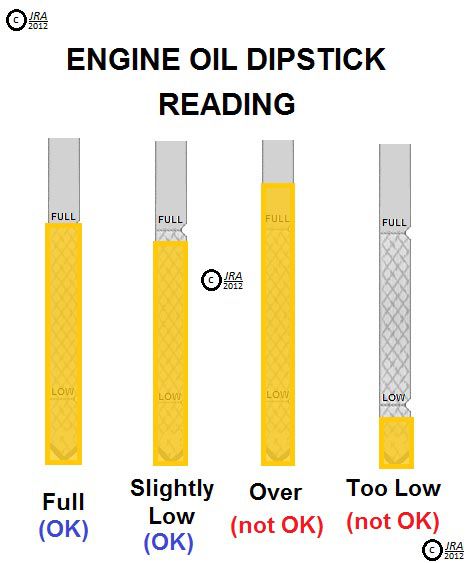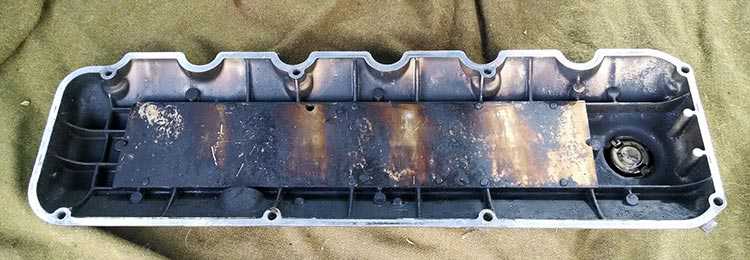- You are here:
- Home »
- Blog »
- FAQs
- » How to Troubleshoot Leaking Car Oil at Home

How to Troubleshoot Leaking Car Oil at Home
Yes, it is less stressing to ignore your oil laced engine or the oil puddle under your car. Maybe you want to assume that the burnt smell is not coming from your car’s hood. How easy is it to ignore the blue smoke chasing your car? Why is your car leaking oil?
More...
Oil leaks are common in cars. It can cause the oil pressure problems. In majority of the cases, the issue is minor and easily fixable. However, in some cases, it can be a recipe for disaster.

Hold up. Why Do We Need Oil in Our Cars?
In a nutshell, the oil in your car engine is primarily meant for lubrication. However, in modern day cars, motor oils are used for much more than cooling. In some setups, the oil is used to compliment the engine cooling system.
Back to the Day’s Agenda and We Have Good News…
The good news though is that you don’t really need a professional eye to fix an oil leak. If you have the time and the will, you can easily diagnose, and at sometimes, fix oil leaks. Here is a short guide on how to spot and fix, where possible, an oil leak.
What to Look For...
1. Oil Level

First, you need to check your oil level. You don’t need to open the engine cap to check your oil level. It is easier to check using your dip-stick. More often than not it will be either; red, green or yellow.

Remember to wipe the dip stick first before checking the oil level. Ideally, you should check your oil weekly. This way, you easily note when the level is dropping at a high a rate.
If your oil level is low, a top is recommended. To top up, you need to open the oil cap. Check the oil level every 30 minutes after a top up to ensure there are no massive leaks.
2. Physical Inspection of the Engine Using UV
Well, if your engine is leaking, then oil will show somewhere on the engine. First use your naked eyes to check for burst pipes or oil deposits on engine parts. If this doesn’t work, you will need to elevate your search.
Buy some UV dye from your local auto part shop and sprinkle it on your engine. Then make sure there are no other lights on.
Use a UV light or black light to check for oil leak. An Oil leak will be an illuminated patch on your engine.

Via amazon.com
3. Engine Wash and Inspection
If you spot oil on your engine, you will want to confirm it is coming from your engine. Just to confirm it is not an oil spill sustained during a top up or maintenance. You will need to have talcum powder (baby powder), cellophane, a degreasing compound and a steam cleaner.
First, secure the sensors, wiring harnesses and all electrical components with cellophane. Next, spray the degreasing compound around the engine, suspension and chassis. Allow the compound time to remove the oil patches. Finally, use a steam cleaner to remove the grease and dirt.
To be on the safe side, dry the electronics with an air compressor. Sprinkle talcum powder around the engine. A thin coat will do just fine. Drive your car around for half an hour. If there are any oil leaks, they will be visible on the powder.

I found this video by Briansmobile1 showing how to use baby powder to locate oil leaks in engines.
So What Causes Oil Leaks?
1. The Oil Filter

Oil filters are without doubt important in a car oil filtration system. For this reason, they should be changed every time you do an oil change. When an oil filter wears out, it can cause oil to leak at the point with the wear and tear. Ensure you buy the right filter and fit it as directed.
2. The Oil Drain Plug

The oil drain plug is found at the bottom of the reservoir holding the oil. You can access it from the bottom side of your car. If it has worn out threads, then it might cause an oil leak.
The remedy is changing the cap or using a thread tape to screw it back in.
3. Your Oil Filler Cap

Leakage doesn’t always happen downwards. If you don’t replace your oil filler cap correctly, then your running engine will create so much pressure that it will blow the oil out from the oil filler cap. Always ensure that the oil filler cap fits tightly.
4. The Valve Gasket

This is perhaps the most popular cause of leaking oil in cars. This is more so in older cars or cars that have been used for many mileages. A gasket is defined as a seal made of rubber, paper, metal or any other material for that matter that is used to join two different metal parts in an engine.
We have a gasket between the block and the engine heads, and another gasket between the oil reservoir and the block. With time, due to the high temperatures and pressures, the gasket may get damaged and thus starts leaking.
5. The Oil Pan

Since the oil pan sits on the lower end of the car, it may get damaged by road maps, rough terrain etc. A damaged oil pan can cause mild to severe oil leaks.
Parting Shot...
Thorough, timely maintenance and servicing is required if you want to keep your car free from any leaks. There are many different types of leaks including, ATF, Brake fluid, water leaking...etc.
This notwithstanding, fixing oil leaks also ensures that your engine runs correctly. Oil leaks should be employed immediately! Oil is important in lubrication and cooling. Without proper oil circulation, your engine is on the verge of knocking.
There you are, you don’t need to panic when you notice the oil puddle under your car. Relax, fold up your sleeves and immediately get to work. If you liked this article, be sure to share it with your friends and family. You never know who you might help!
Related Posts
Are Dodge Chargers Expensive to Fix?
Fleet Fuel Cards for Optimal Car or Truck Expense Tracking
Top Simple Ways to Improve the Look of Your Car
A look under the hood of Waymo robotaxis
What are toll roads, and how to pay the tolls?

